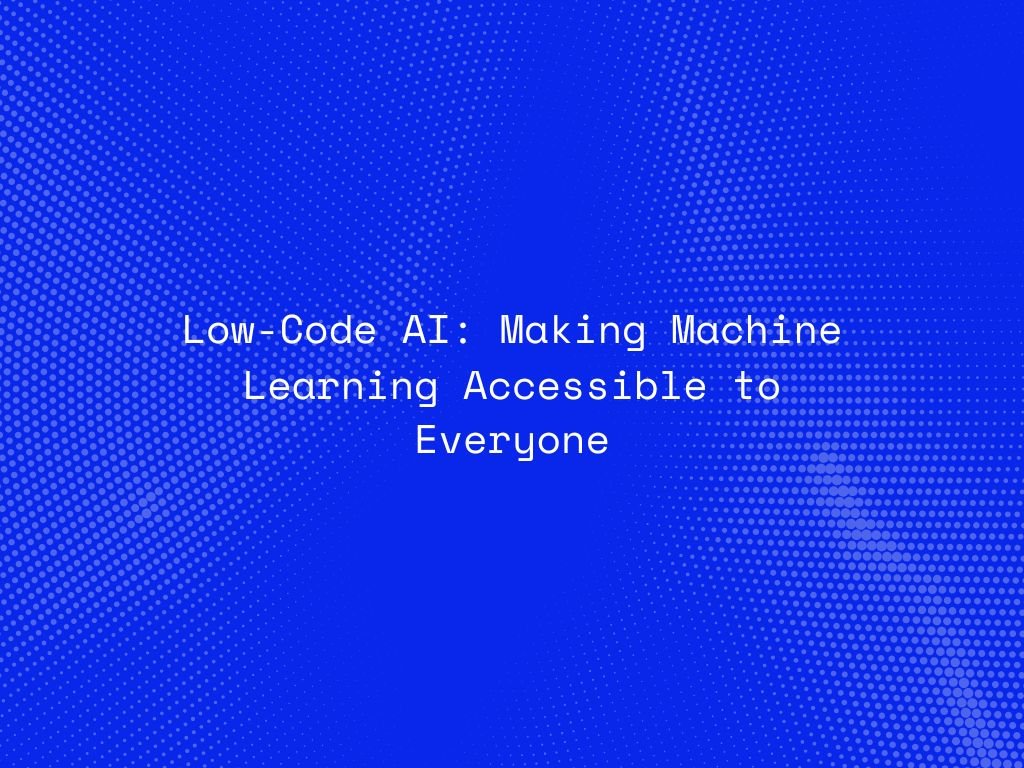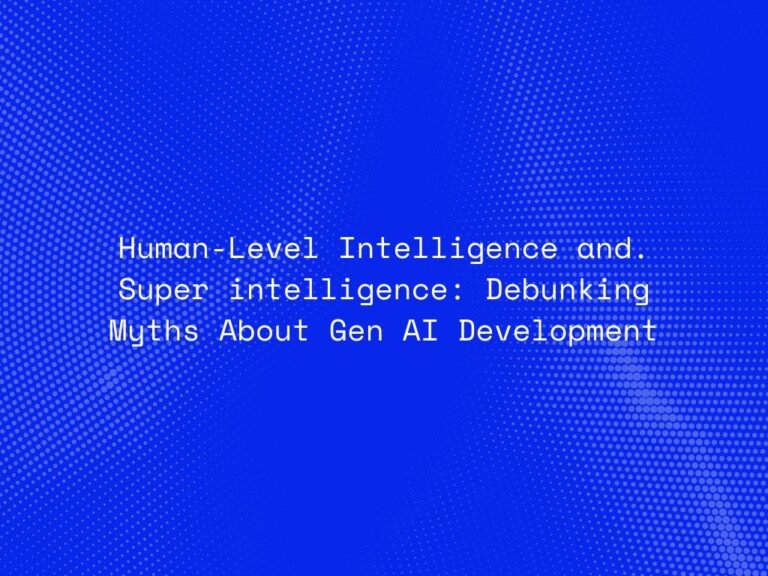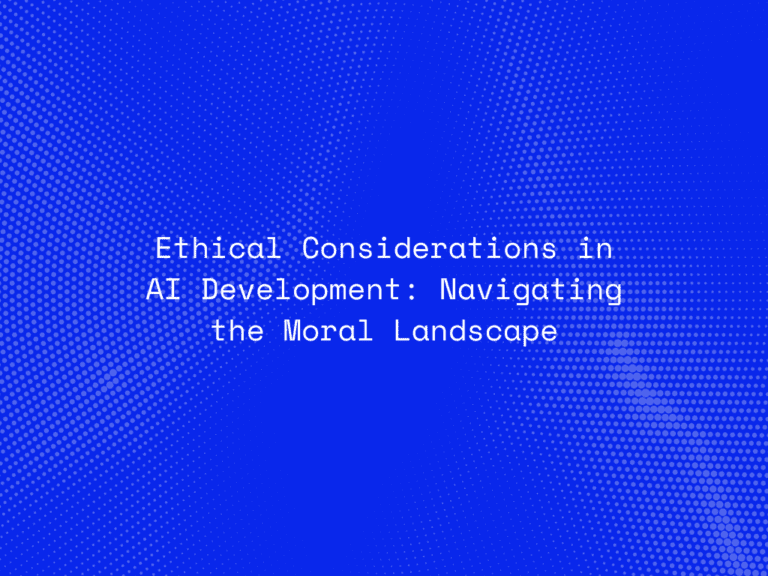As artificial intelligence continues to revolutionize industries, a critical question persists: how do we make AI accessible to non-technical users? The answer lies in low-code AI platforms—tools that reduce the complexity of building and deploying machine learning models by minimizing the need for manual coding. These platforms are democratizing AI development, empowering business analysts, product managers, and other domain experts to harness machine learning without needing deep programming knowledge.
In 2025, low-code and no-code AI is not just a trend—it’s a catalyst for innovation, speed, and inclusivity in data science.
What is Low-Code AI?
Low-code AI refers to platforms and tools that allow users to build, train, and deploy machine learning models using visual interfaces, drag-and-drop components, and pre-built templates. While some coding knowledge can enhance what users can do, most low-code AI tools are designed to abstract away much of the technical complexity typically associated with data pipelines, feature engineering, model selection, and deployment.
In contrast to traditional ML frameworks that require knowledge of Python, R, or TensorFlow, low-code AI allows users to focus on outcomes rather than syntax.
Why Low-Code AI Matters in 2025
1. Democratization of AI
Low-code platforms break down technical barriers, enabling citizen data scientists—non-technical users with domain expertise—to participate in AI development. This democratization expands the talent pool and accelerates organizational adoption of AI.
2. Accelerated Time to Value
Building a traditional ML pipeline can take weeks or months. Low-code AI reduces this to days or even hours. This speed gives companies a competitive edge by cutting experimentation cycles and reducing development costs.
3. Empowering Business Teams
Business teams can use AI directly to solve real problems—forecasting demand, optimizing operations, improving customer experiences—without waiting on overburdened data science teams.
4. Bridging the Talent Gap
There’s a global shortage of skilled AI professionals. Low-code AI platforms help organizations fill that gap by enabling less technical employees to build impactful models.
Key Features of Low-Code AI Platforms
Drag-and-Drop Interfaces: Intuitive workflows for building models without writing code.
Automated Feature Engineering: Platforms suggest or apply the best features for your data automatically.
Model Interpretability: Built-in tools explain how and why models make decisions—important for regulatory and business trust.
AutoML Integration: Automatically trains and selects the best model for your data with minimal user input.
Data Pipeline Tools: Built-in ETL (Extract, Transform, Load) tools that let you clean and prep data visually.
One-Click Deployment: Easily deploy models into production or integrate them into applications using APIs.
Popular Low-Code AI Tools in 2025
Google Cloud AutoML – Ideal for users within Google’s cloud ecosystem.
Microsoft Azure ML Studio – Strong drag-and-drop experience and integration with Microsoft tools.
DataRobot – Known for enterprise-grade AutoML and model explainability.
H2O.ai Driverless AI – Focused on high-performance model generation and insights.
Amazon SageMaker Canvas – AWS’s visual interface for machine learning without code.
Use Cases Across Industries
Retail
Predict customer churn, optimize inventory, or personalize marketing without writing a single line of code.
Finance
Build credit scoring models or fraud detection algorithms using visual tools and predefined workflows.
Healthcare
Use patient data to create diagnostic or treatment recommendation models—critical for hospitals and clinics lacking data science teams.
Manufacturing
Predict machine failures or improve supply chain efficiency by using historical and real-time data.
Human Resources
Forecast employee attrition or assess candidate-job fit using low-code predictive models.
Challenges and Considerations
While low-code AI is promising, it’s not a one-size-fits-all solution.
Data Quality Still Matters: Poor data yields poor models, regardless of the tool’s simplicity.
Customization Limits: Low-code tools may lack the flexibility needed for highly specialized models.
Over-Reliance on Automation: Some decisions still require deep understanding and human oversight.
Scalability Concerns: Large-scale, mission-critical models might still need custom engineering.
Organizations should use low-code AI as a starting point or complement to traditional methods, not a complete replacement.
The Future of Low-Code AI
In 2025 and beyond, low-code AI will continue to evolve. Expect to see:
Multimodal low-code tools that support audio, video, and image processing
Real-time predictive dashboards for business users
Tighter integration with cloud-native workflows
Open-source frameworks adopting low-code layers for ease of use
Improved governance, version control, and model auditing
The fusion of low-code platforms with Gen AI and LLMs will further reduce entry barriers and allow users to generate, edit, and validate models simply by interacting with conversational AI interfaces.
Conclusion
Low-code AI is a paradigm shift in how machine learning is built, adopted, and scaled. By empowering non-technical users to build intelligent systems, it opens up new avenues for innovation, faster execution, and more inclusive AI strategies.
As businesses race toward a more intelligent future, low-code AI ensures that everyone—not just engineers and data scientists—can be part of the transformation.




